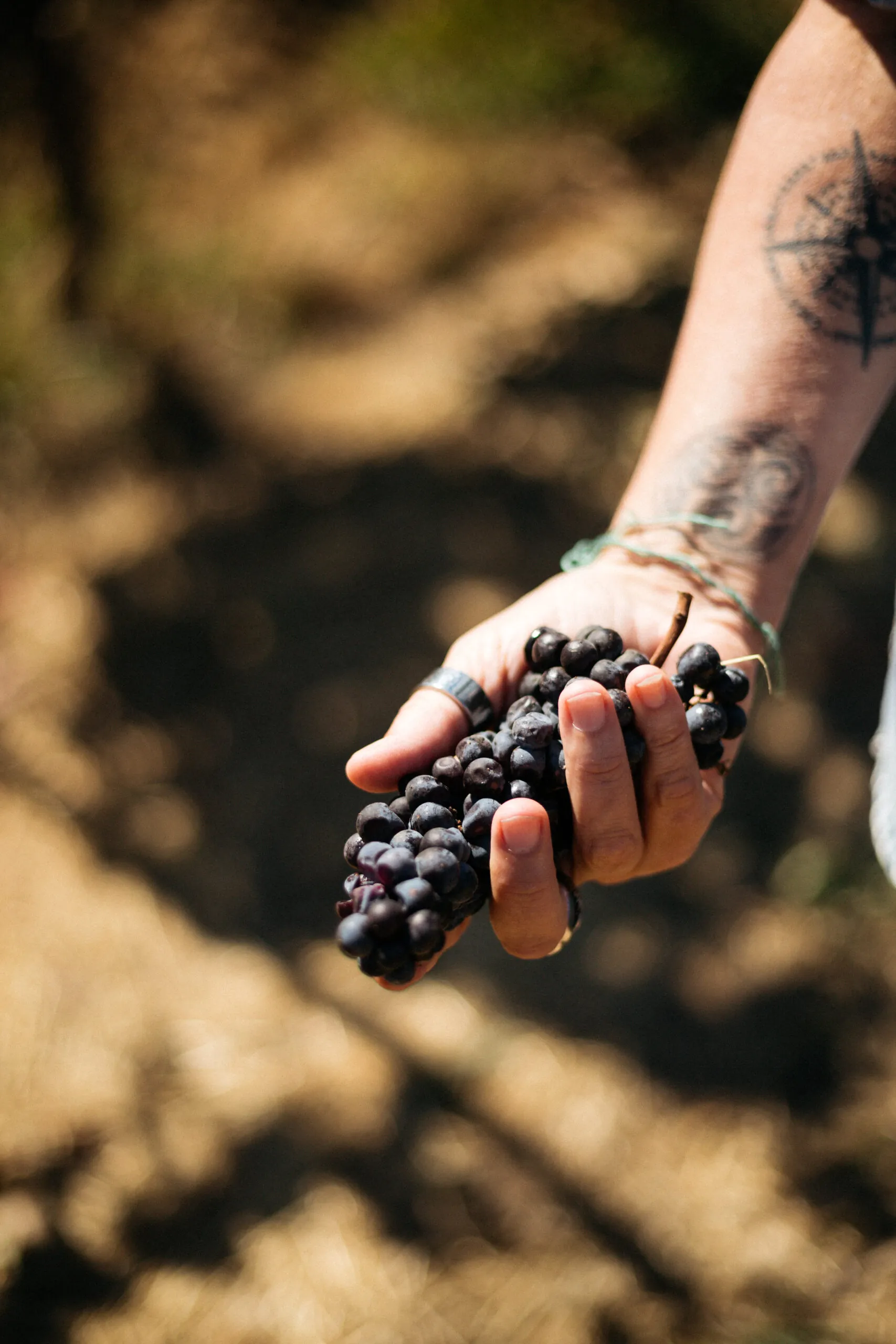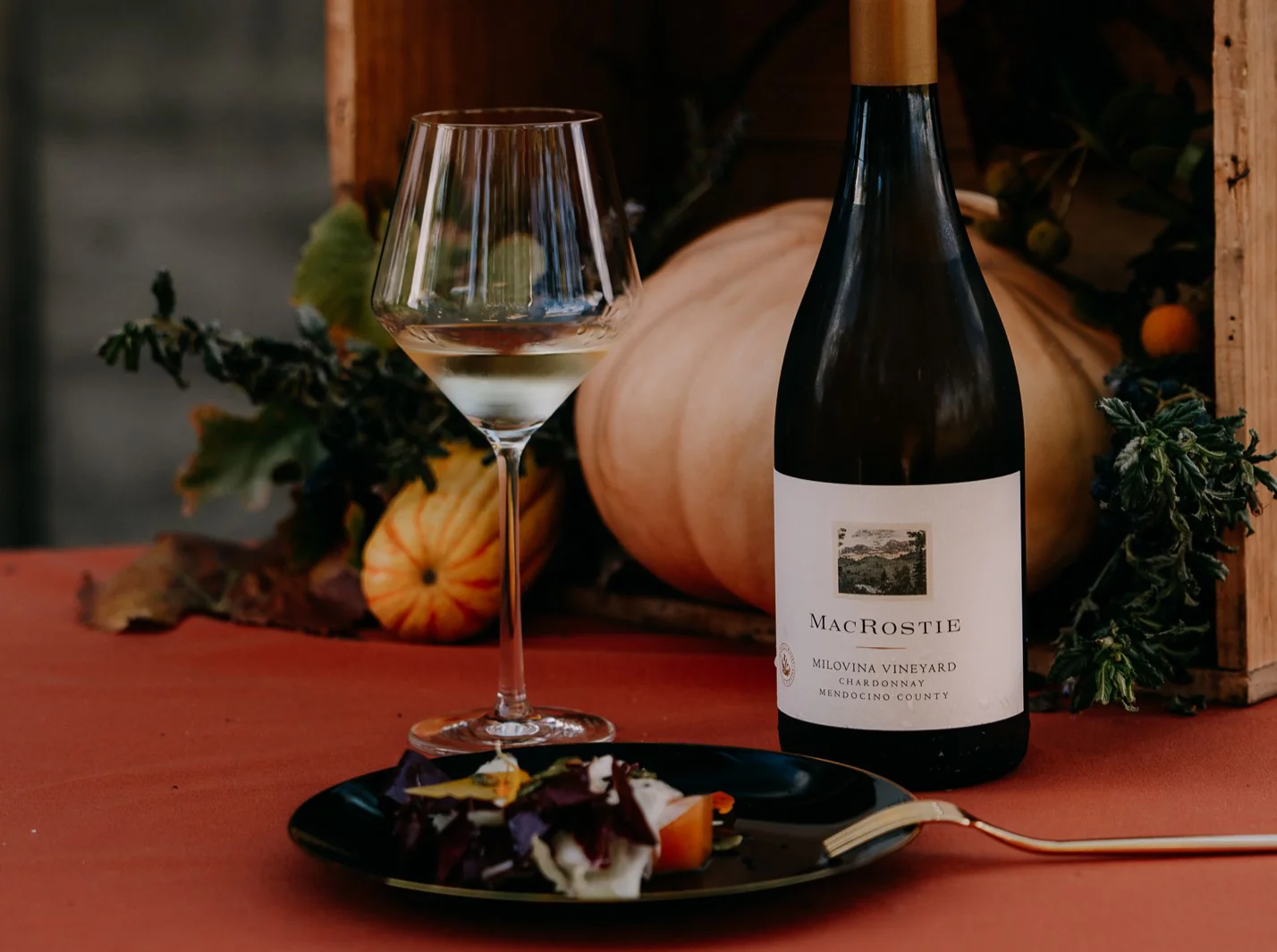Historically cultivated in the Saône-et-Loire, between Dijon and Lyon, and ranging from Burgundy to Champagne, the earliest reliable reference to “Chardonnet” is from the late 1600s. The grape takes its name from the village of Chardonnay in Southern Burgundy. Until the end of the 19th century, Chardonnay was confused with Pinot Blanc. Surprisingly, DNA testing has shown that Chardonnay is a natural cross between Pinot Noir and Gouais Blanc. While Chardonnay is early budding and relatively easy to grow, it is susceptible to frost and thanks to its thin skin, mildew.
Chardonnay is a particularly transparent grape that can produce very different wines depending on where it is grown. It can be dramatically shaped in the winemaking process by factors like malolactic fermentation and the amount of new oak used during aging. Today, Chardonnay is the great white grape of Burgundy. In fact, it has been the success of the finest white Burgundies from places like Puligny-Montrachet, Meursault, and the Côte-d’Or that has driven the rise of Chardonnay around the world. In France, Chardonnay is also the key grape of Chablis, where it makes mouthwateringly crisp and mineral-driven wines, and in Champagne where it combines with Pinot Noir and Pinot Meunier to make the world’s most revered sparkling wines.
From the Old World to the New World
In the 19th and 20th centuries, Chardonnay spread its wings and found new homes in North America, South America, and Australia, where its popularity exploded, making it the official go-to white wine for the vast majority of wine drinkers. It is also planted in Italy, Spain, Austria, New Zealand, South Africa, and throughout Eastern Europe and China. Today, Chardonnay is the world’s most widely planted white wine grape.
Chardonnay Comes to America
Historical records show that Chardonnay had arrived in California by the 1800s, when the head of the California Viticulture Commission, Charles Wetmore, imported budwood from Meursault and planted it in his Livermore vineyard. By early the next century, this selection, as well as clonal material brought over by the Wente family, helped to establish a beachhead for Chardonnay in the New World and led to what is now known as the Wente Selection of Chardonnay. Following a similar timeline, clonal material brought to California by Paul Masson became the source for the Martin Ray selection. In the early 1940s, this selection was planted at Mount Eden in the Santa Cruz Mountains. During this formative period for the grape, the Wente and Martin Ray selections were the key source of Chardonnay budwood in California.
In the 1950s, the US Ambassador to Italy, James Zellerbach, founded Hanzell Vineyards, which focused on producing Burgundian-style Chardonnay. In the years that followed, other wineries in California began growing and making Chardonnay, and in 1976, Chateau Montelena’s victory at the famed Judgment of Paris marked a key turning point for the grape in the US. In the years that followed, demand for Chardonnay grew rapidly, as did planting throughout California, and by the 1980s there was more Chardonnay planted in California than in France. In fact, by 2005, Chardonnay planting in California represented 25% of global production. While early California Chardonnays took inspiration from Burgundy, they soon evolved into more opulent and buttery expressions of the grape, with grapes picked riper and at higher Brix, and the use of more new oak. While this style took hold in much of California, especially in the warm climate of Napa Valley, in cooler regions like Sonoma County, Chardonnay pioneers like Steve MacRostie began championing a brighter, more balanced, and sophisticated expression of the grape. Today, there are more than 100 clonal selections of Chardonnay in California.
Stay tuned for The History of MacRostie’s Chardonnay Program.
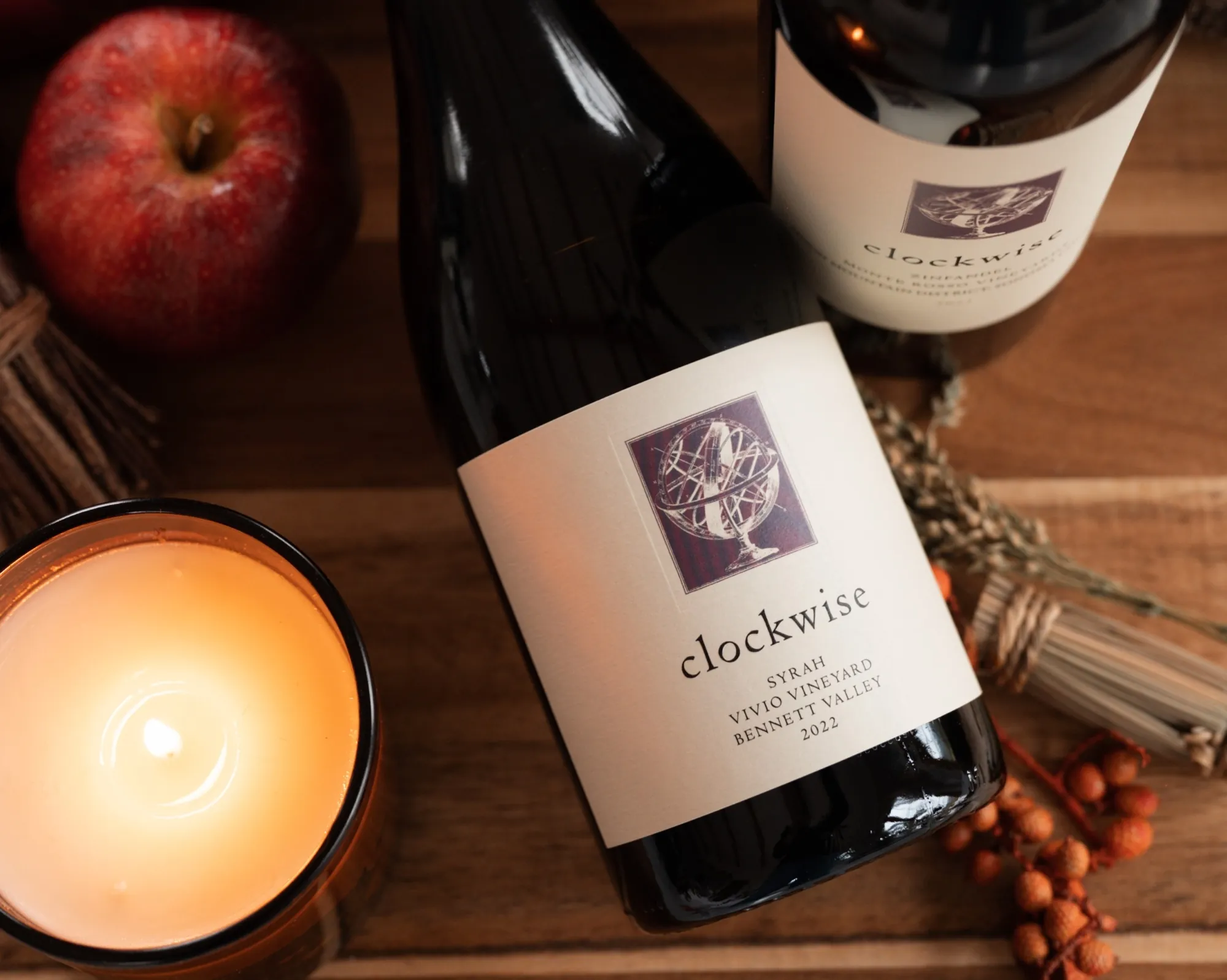



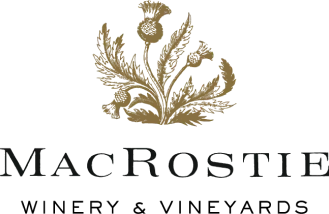

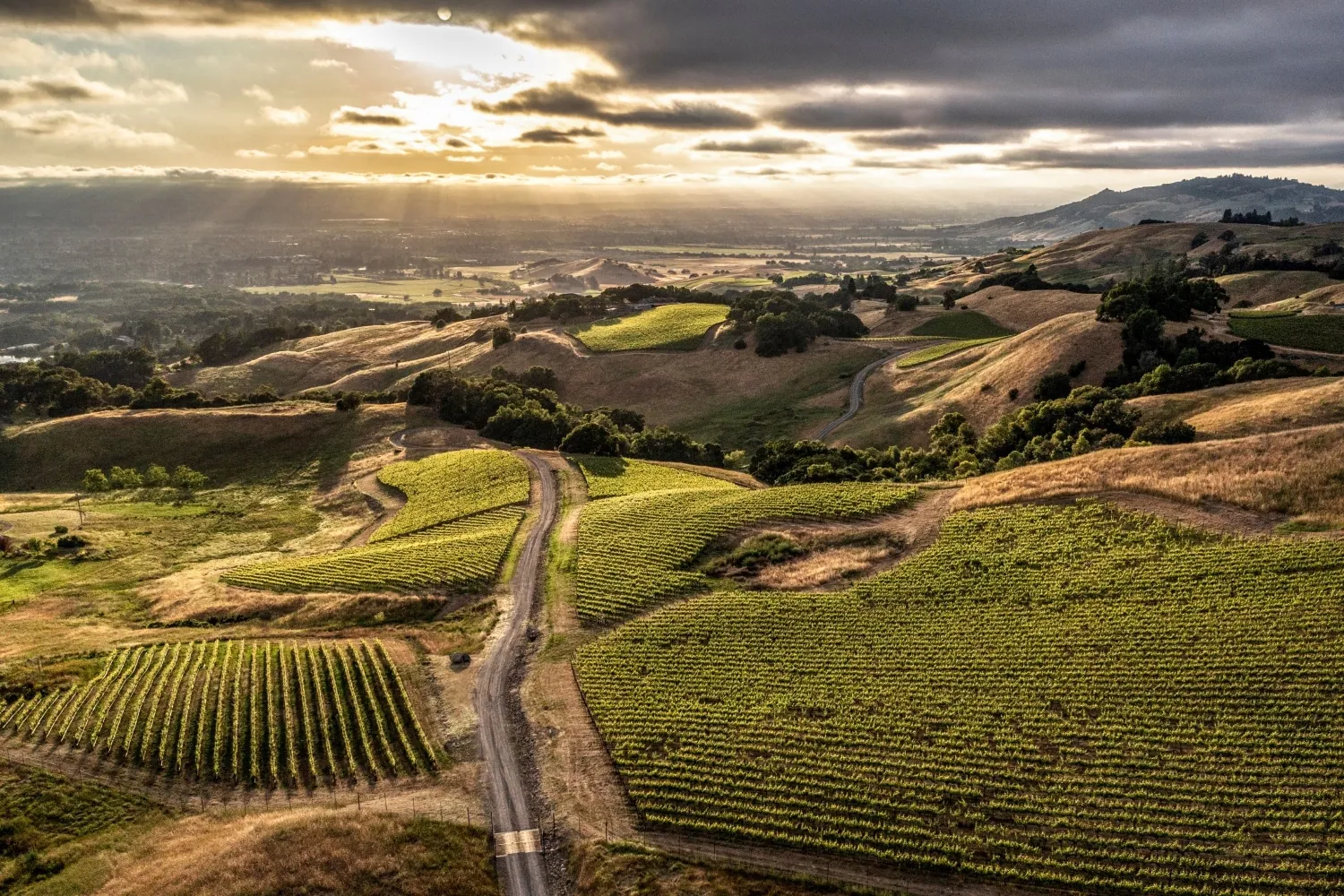

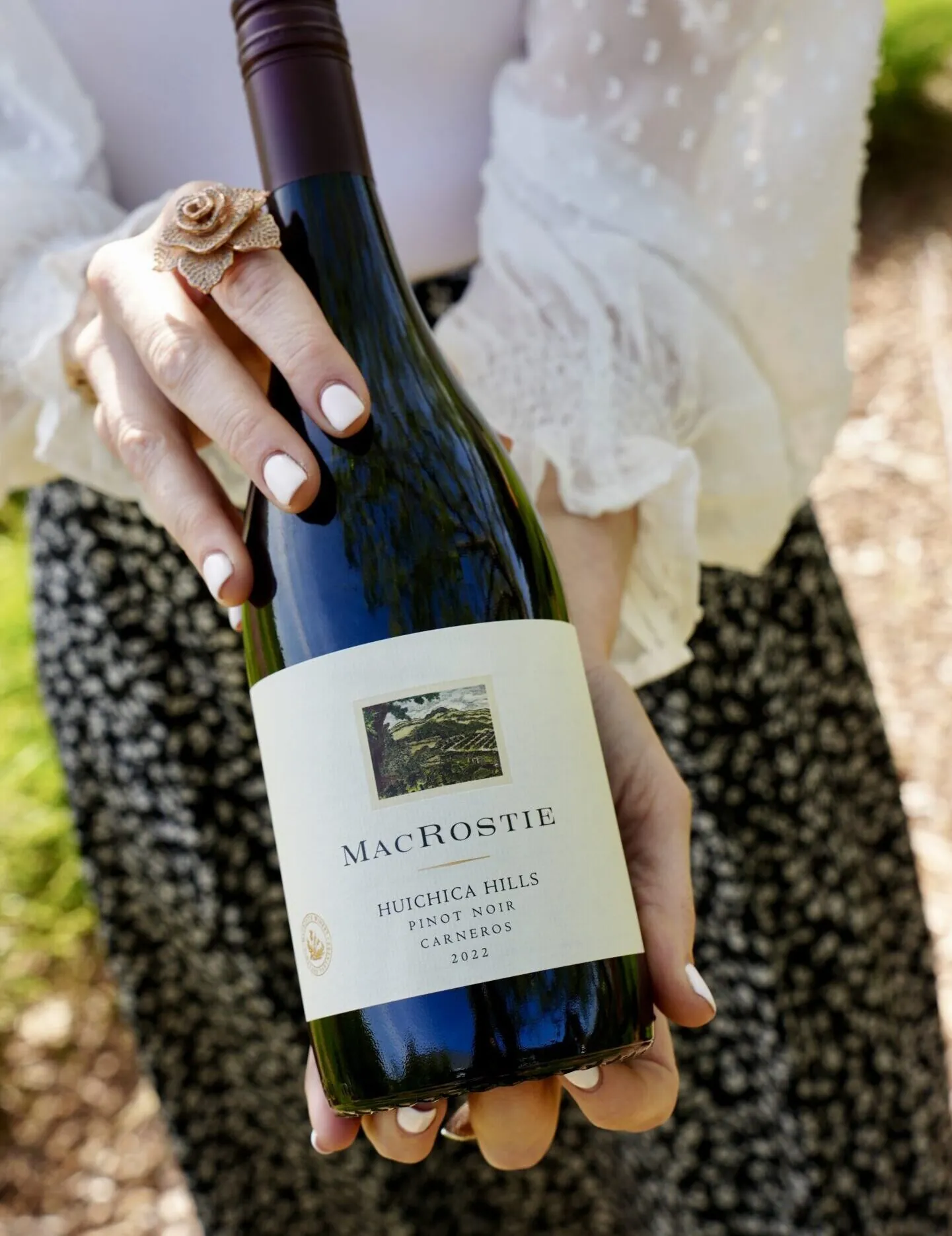



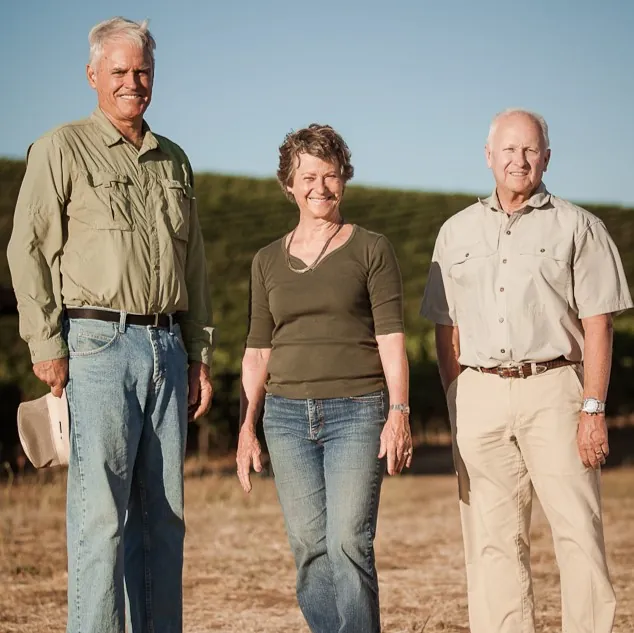 Eager to cultivate his own great piece of land and believing that the site had near limitless potential for producing extraordinary cool-climate Chardonnay and Pinot Noir, Steve (right) approached the land’s owners, ranchers Tony and Nancy Lilly (left and center), and formed a partnership to develop the land into Wildcat Mountain Vineyard. After meticulously evaluating the site and thoughtfully selecting early ripening rootstocks and a diversity of his favorite clones, Steve began the careful planting of 58 acres of Chardonnay, Pinot Noir, and Syrah vines in 1998. In keeping with the natural topography of the site, the plantings were designed as 18 different vineyard blocks spread across five fields, with a variety of elevations, exposures, and soils.
Eager to cultivate his own great piece of land and believing that the site had near limitless potential for producing extraordinary cool-climate Chardonnay and Pinot Noir, Steve (right) approached the land’s owners, ranchers Tony and Nancy Lilly (left and center), and formed a partnership to develop the land into Wildcat Mountain Vineyard. After meticulously evaluating the site and thoughtfully selecting early ripening rootstocks and a diversity of his favorite clones, Steve began the careful planting of 58 acres of Chardonnay, Pinot Noir, and Syrah vines in 1998. In keeping with the natural topography of the site, the plantings were designed as 18 different vineyard blocks spread across five fields, with a variety of elevations, exposures, and soils.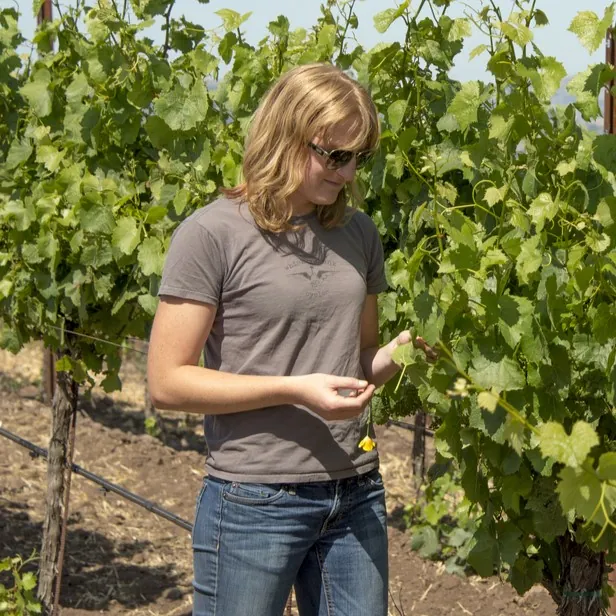 Since being named MacRostie’s winemaker in 2013, Heidi Bridenhagen has further cemented Wildcat’s reputation as a grand cru-caliber vineyard, with its wines consistently earning rave reviews and 90+ point scores. Heidi has also used fruit from Wildcat to craft MacRostie’s coveted Single-Barrel wines and as part of the winery’s pinnacle, The Loch and The Key bottlings. At the same time, Wildcat has become a sought-after grape source for such noted wineries as Talisman, Fulcrum, Bannister, and others. “Great vineyards have something unique and special to offer,” said Heidi. “I love the wines from Wildcat. The Chardonnays are distinctive and fascinating, with exceptional structure, sophisticated minerality, cool-climate nerve and signature honey and spice notes, while the Pinot Noirs deliver sumptuous color, weight, and black fruit character with robust tannins and a remarkable intensity of flavor.”
Since being named MacRostie’s winemaker in 2013, Heidi Bridenhagen has further cemented Wildcat’s reputation as a grand cru-caliber vineyard, with its wines consistently earning rave reviews and 90+ point scores. Heidi has also used fruit from Wildcat to craft MacRostie’s coveted Single-Barrel wines and as part of the winery’s pinnacle, The Loch and The Key bottlings. At the same time, Wildcat has become a sought-after grape source for such noted wineries as Talisman, Fulcrum, Bannister, and others. “Great vineyards have something unique and special to offer,” said Heidi. “I love the wines from Wildcat. The Chardonnays are distinctive and fascinating, with exceptional structure, sophisticated minerality, cool-climate nerve and signature honey and spice notes, while the Pinot Noirs deliver sumptuous color, weight, and black fruit character with robust tannins and a remarkable intensity of flavor.”